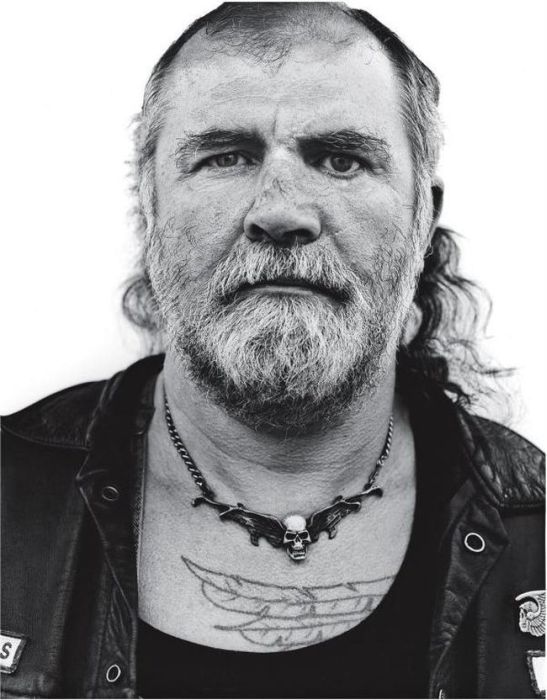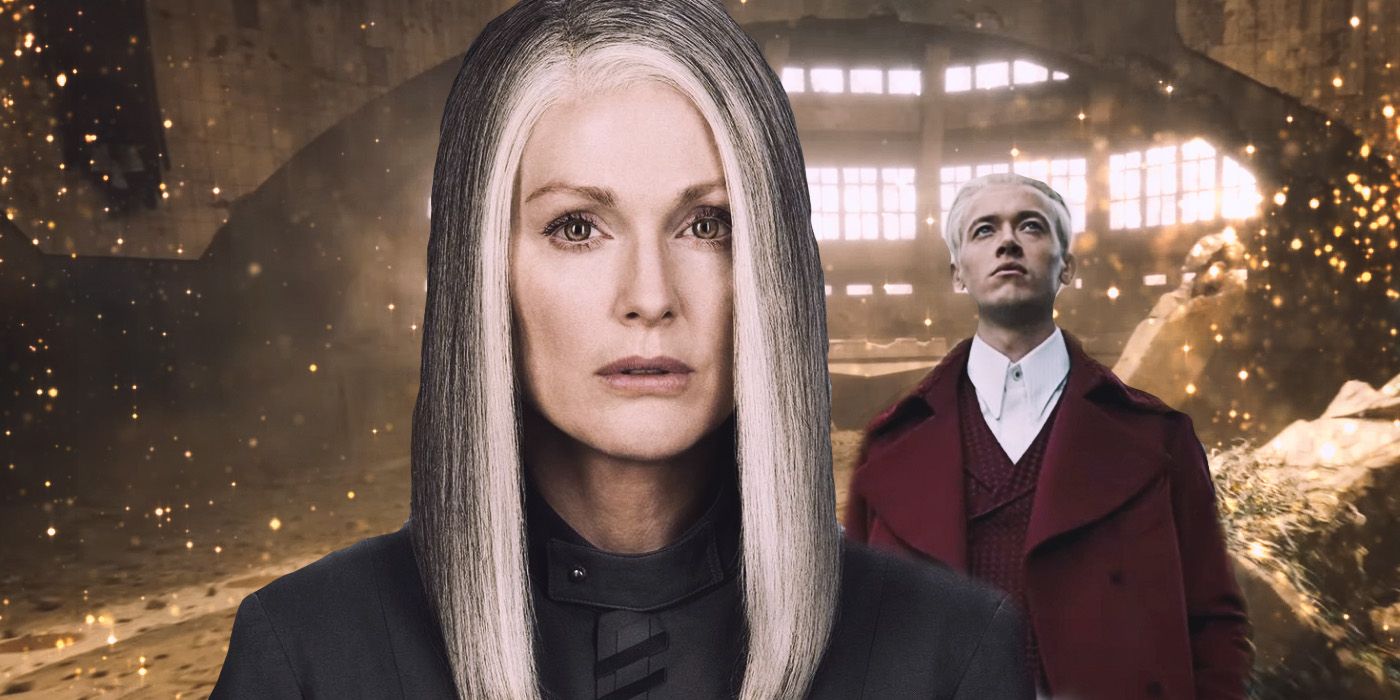The Hells Angels: A Look Inside

Table of Contents
A History of the Hells Angels: From Post-War Roots to Global Presence
The Hells Angels' history is intrinsically linked to post-World War II America. Founded in 1948 in Fontana, California, the club's early years were characterized by a camaraderie centered around motorcycle culture. These early members, many of whom were veterans, found solace and a sense of belonging within the group. However, this initial image of brotherhood gradually shifted as the club's activities evolved, and their involvement in criminal activities became more pronounced.
- Founding in 1948 in California: The initial group, a collection of motorcycle enthusiasts, laid the foundation for the sprawling organization it would become.
- Early years characterized by camaraderie and motorcycle culture: The focus was on riding, social gatherings, and a shared passion for motorcycles.
- Gradual shift towards criminal activities and organized crime: This transition was gradual, but it marked a significant turning point in the Hells Angels' history, leading to increased scrutiny and conflict with law enforcement.
- International expansion and establishment of chapters worldwide: The Hells Angels are no longer confined to their American roots; they now have a global presence with chapters spanning numerous countries.
- Key figures and events shaping the club's history: Certain individuals and pivotal incidents have played crucial roles in defining the Hells Angels' trajectory over the decades.
The Structure and Hierarchy of the Hells Angels: Understanding the Organization
The Hells Angels operate with a highly structured and hierarchical system. This organizational model allows for efficient control and coordination across its numerous chapters. The structure is fundamentally chapter-based, with each chapter having its own leadership and internal rules. However, a strong chain of command connects these individual chapters to the overall organization. This intricate structure ensures consistency and control within the biker gang.
- Chapter-based organization with a complex chain of command: This decentralized yet controlled structure allows for both local autonomy and overall strategic direction.
- President, Vice President, Sergeant-at-Arms, and other key roles: Each chapter has specific leadership positions with defined responsibilities and authority.
- Strict initiation rites and adherence to club rules: Membership is not easily attained; potential members must go through a rigorous process and demonstrate unwavering loyalty.
- Internal discipline and enforcement of rules: The club maintains strict internal discipline to ensure conformity and prevent challenges to authority.
- The role of "prospects" and their path to full membership: Prospective members serve a probationary period, demonstrating their commitment and suitability before full acceptance.
Activities and Controversies: Beyond the Leather and Chrome
The Hells Angels' activities extend far beyond motorcycle rallies and club gatherings. The club has been implicated in numerous criminal enterprises and violent incidents. This involvement has led to extensive investigations by law enforcement agencies worldwide and has fueled negative public perception.
- Allegations of involvement in drug trafficking, weapons smuggling, and other organized crime: These allegations have formed the basis of numerous legal cases and investigations over the years.
- Violent clashes with rival motorcycle gangs and law enforcement: The Hells Angels' history is marred by violent confrontations, further cementing their image as an outlaw motorcycle gang.
- Public perception and media portrayals of the Hells Angels: The media has often portrayed the Hells Angels in a negative light, reinforcing their image as a dangerous and criminal organization.
- Legal battles and convictions of members: Numerous legal cases have involved members of the Hells Angels, resulting in convictions for various crimes.
- The club's attempts to maintain a public image separate from criminal activities: Despite these controversies, the club has attempted to present a more positive public image, often emphasizing its motorcycle culture and camaraderie.
The Hells Angels and the Law: A History of Conflict
The relationship between the Hells Angels and law enforcement has been long and fraught with conflict. Numerous legal battles have resulted from investigations into the club's alleged criminal activities. The use of legislation like the RICO Act has been a key tool in prosecuting members for organized crime. These legal battles highlight the ongoing tension between the Hells Angels and the authorities.
The Culture and Symbolism of the Hells Angels: More Than Just a Motorcycle Club
The Hells Angels cultivate a distinct culture and symbolism. Their iconic patches and tattoos serve as identifiers and symbols of loyalty and membership within the club. The brotherhood fostered within the organization plays a critical role in the group's identity and cohesion. Their motorcycle culture is integral to their image and activities.
- Meaning and significance of Hells Angels patches and insignia: These symbols are meticulously designed and carry deep meaning within the organization.
- Importance of motorcycle culture and brotherhood: Motorcycles serve as more than just transportation; they are integral to their identity.
- The role of tattoos as identifiers and symbols of loyalty: Tattoos function as visual representations of commitment and belonging within the group.
- The club's rituals and traditions: These rituals and traditions contribute significantly to the club's unique culture and reinforce the bonds between members.
Conclusion:
The Hells Angels Motorcycle Club remains a fascinating and controversial subject, their history marked by both camaraderie and criminal activity. Understanding their structure, activities, and symbolism provides valuable insight into this complex organization. While shrouded in mystery, a balanced understanding of the Hells Angels requires consideration of all aspects of their existence. To further delve into the intricacies of this infamous group, continue your research and explore additional resources on the Hells Angels. Learn more about the history and controversies surrounding the Hells Angels motorcycle club – the knowledge is out there.

Featured Posts
-
 Amira Al Zuhairs Paris Fashion Week Appearance For Zimmermann
May 25, 2025
Amira Al Zuhairs Paris Fashion Week Appearance For Zimmermann
May 25, 2025 -
 Controversy Surrounding Annie Kilners Posts After Kyle Walkers Night Out
May 25, 2025
Controversy Surrounding Annie Kilners Posts After Kyle Walkers Night Out
May 25, 2025 -
 The Hunger Games Prequel Oscar Nominated Star To Play President Snow
May 25, 2025
The Hunger Games Prequel Oscar Nominated Star To Play President Snow
May 25, 2025 -
 Trumps Tariff Decision Euronext Amsterdam Stocks Jump 8
May 25, 2025
Trumps Tariff Decision Euronext Amsterdam Stocks Jump 8
May 25, 2025 -
 Live Updates M6 Crash Causes Significant Delays For Drivers
May 25, 2025
Live Updates M6 Crash Causes Significant Delays For Drivers
May 25, 2025
